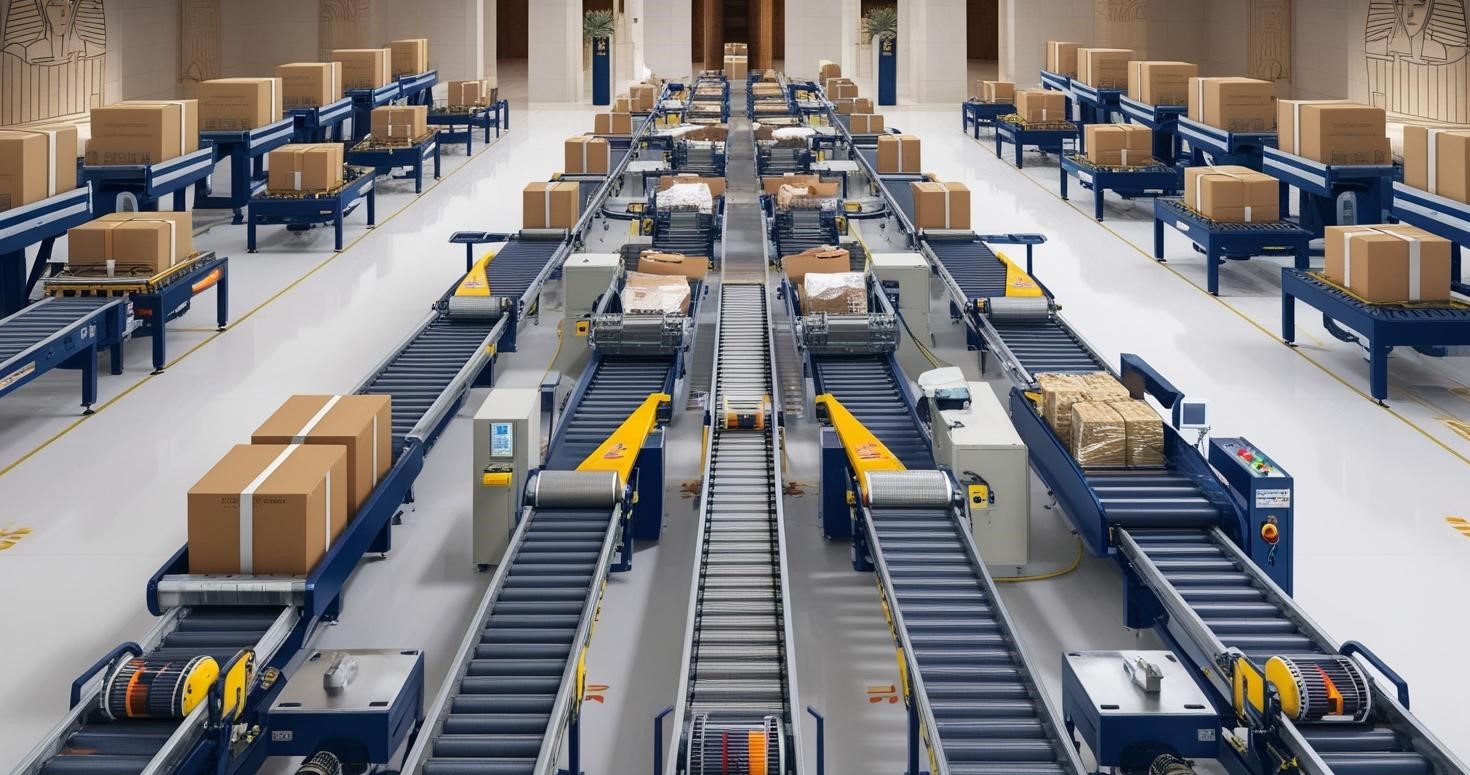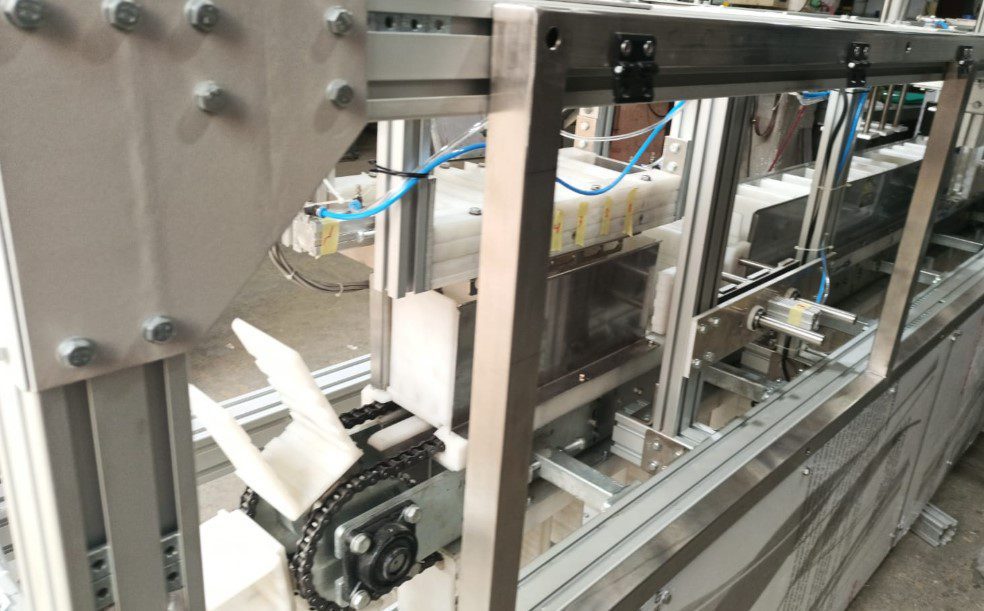
Egyptian conveyor systems 2025
July 16, 2025
Comprehensive Guide to Material Handling: Modern Technology vs Manual Methods for Boosting Productivity
July 19, 2025
In today’s fast-paced digital landscape, downtime is more than just an inconvenience—it’s a costly disruption. As businesses increasingly rely on technology, even a few minutes of system failure can result in significant financial losses, reputational damage, and operational setbacks.
By 2025, experts predict that automation will play a pivotal role in reducing downtime and enhancing efficiency. This article explores the true cost of downtime, the benefits of automation, and how leading companies are leveraging these technologies to stay ahead.
The True Cost of Downtime in 2025
Downtime is expensive, and its impact goes beyond immediate revenue loss. Here’s a breakdown of the key costs associated with system failures:
1. Lost Revenue
Every minute of downtime translates to lost sales. For eCommerce businesses, a single hour of downtime can cost thousands—or even millions—depending on traffic volume.
-
Example: Amazon’s 2021 outage cost an estimated $34 million per hour in lost sales (source).
2. Decreased Productivity
When systems fail, employees can’t work efficiently. Manual processes slow operations, leading to delays and missed deadlines.
-
Stat: The average company loses $5,600 per minute due to IT downtime (source).
3. Reputation Damage
Customers expect seamless experiences. Frequent outages erode trust and push users toward competitors.
-
Survey: 59% of customers will abandon a brand after several poor experiences (source).
4. Compliance & Legal Risks
Industries like healthcare and finance face strict regulatory requirements. Downtime can lead to compliance violations and legal penalties.
-
Example: A hospital’s EHR system failure could risk patient safety and result in HIPAA fines (source).
Why Automation is the Solution
Automation minimizes human error, speeds up processes, and ensures continuous operations. Here’s how it helps:
1. Predictive Maintenance
AI-driven automation detects potential system failures before they occur, allowing preemptive fixes.
-
Top Provider: IBM Watson offers predictive analytics to prevent downtime.
2. Automated Failover & Recovery
Cloud automation ensures seamless transitions to backup systems during outages.
-
Top Provider: Microsoft Azure provides high-availability solutions.
3. Self-Healing Systems
AI-powered systems automatically diagnose and resolve issues without human intervention.
-
Top Provider: Google Cloud Operations includes self-healing features.
4. Streamlined IT Operations
Automation reduces manual IT tasks, allowing teams to focus on strategic initiatives.
-
Top Provider: ServiceNow automates IT workflows.
Case Studies: Companies Reducing Downtime with Automation
1. Netflix – Chaos Engineering
Netflix uses Chaos Monkey, an automated tool that intentionally disrupts systems to test resilience (source).
2. Tesla – AI-Driven Manufacturing
Tesla’s factories rely on automation to detect and resolve production line issues in real-time (source).
3. JPMorgan Chase – AI for Fraud Detection
Automated AI systems monitor transactions 24/7, reducing fraud-related downtime (source).
How to Implement Automation in Your Business
1. Assess Vulnerabilities
Identify critical systems prone to downtime using tools like SolarWinds.
2. Choose the Right Automation Tools
-
IT Operations: PagerDuty
-
Cloud Automation: AWS Lambda
-
Cybersecurity: Darktrace
3. Train Your Team
Ensure employees understand automation workflows via platforms like Udemy.
4. Monitor & Optimize
Use analytics tools like Datadog to refine automation strategies.
Conclusion
The cost of downtime in 2025 will be higher than ever, making automation a necessity—not an option. Businesses that invest in AI-driven automation will gain a competitive edge by minimizing disruptions, enhancing efficiency, and improving customer satisfaction.
Ready to reduce downtime? Explore automation solutions from entra




